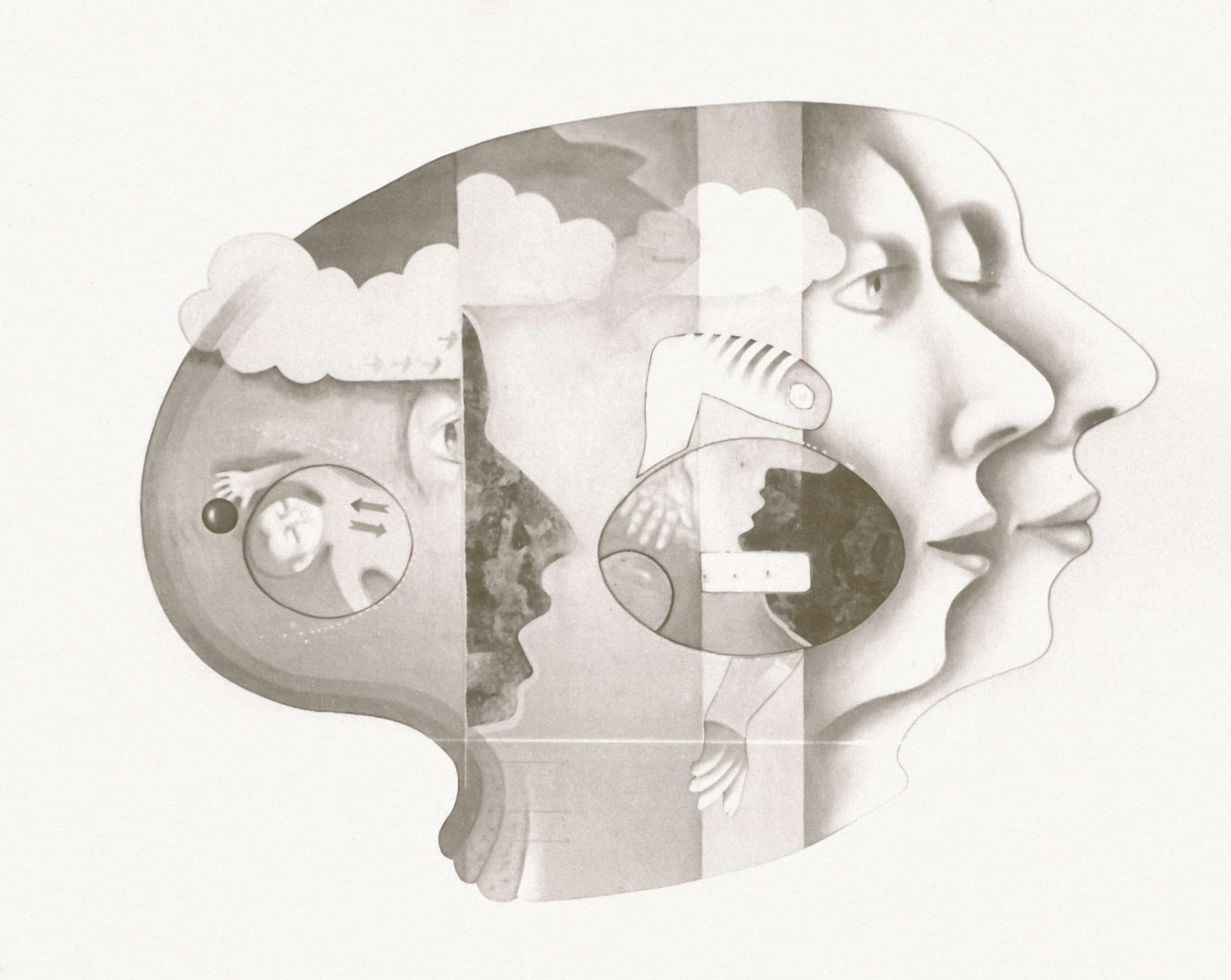
Bridging Healthcare Gaps: What U.S. Cities Can Learn from Japanese Public Health
Earlier this month, I had the honor of presenting interventional pain management techniques to medical students and physicians during grand rounds at the University of Kindai Hospital in Osaka, Japan. While the immediate focus was on clinical procedures, I quickly realized the deeper significance of this opportunity. Experiencing Japan's healthcare system firsthand and engaging with its medical professionals gave me valuable insights into how healthcare is managed at a municipal level, both in Japan and in the United States. The experience raised important questions about how municipal governments contribute to healthcare delivery, how systems differ internationally, and what lessons we can apply to improve our own municipal health management back home.
Municipal governments have a critical role in shaping the delivery of healthcare services. In the United States, local governments often serve as the first line of public health response. They manage public hospitals, clinics, and health departments, and are responsible for implementing state and federal health regulations. According to a study in the Journal of Urban Health, municipal health departments in the U.S. are instrumental in controlling chronic disease, conducting immunization programs, and managing emergency preparedness operations—responsibilities that directly impact community well-being1.
Japan’s healthcare system, while also largely universal, operates under a different structural framework that assigns more centralized control to the national government. Yet, municipalities in Japan are still deeply involved in managing public health centers, administering vaccinations, and promoting community wellness programs. One strength of the Japanese system is its efficiency in primary care coordination, which is supported by municipal-level collaboration with national policies2. For example, in Osaka, I observed how municipal health managers integrated preventive care into routine practice, especially in managing chronic pain and rehabilitation—a growing concern in Japan’s aging population.
One of the most notable differences between the two countries lies in how healthcare is financed and delivered. In Japan, every citizen is required to enroll in a health insurance plan, either through employment or via municipal governments. This system, known as the Statutory Health Insurance System, ensures equitable access to care and eliminates many barriers to treatment such as cost and insurance gaps3. Municipalities are responsible for administering the National Health Insurance (NHI) for those not covered by employer-based plans, which helps maintain uniformity in service delivery.
In contrast, the U.S. healthcare system is fragmented, with multiple payers and a mix of public and private providers. Municipal governments often face resource constraints and policy limitations that hinder their ability to deliver consistent care, especially in underserved areas. A study by the National Aca
Read-Only
$3.99/month
- ✓ Unlimited article access
- ✓ Profile setup & commenting
- ✓ Newsletter
Essential
$6.99/month
- ✓ All Read-Only features
- ✓ Connect with subscribers
- ✓ Private messaging
- ✓ Access to CityGov AI
- ✓ 5 submissions, 2 publications
Premium
$9.99/month
- ✓ All Essential features
- 3 publications
- ✓ Library function access
- ✓ Spotlight feature
- ✓ Expert verification
- ✓ Early access to new features
More from 2 Topics
Explore related articles on similar topics





